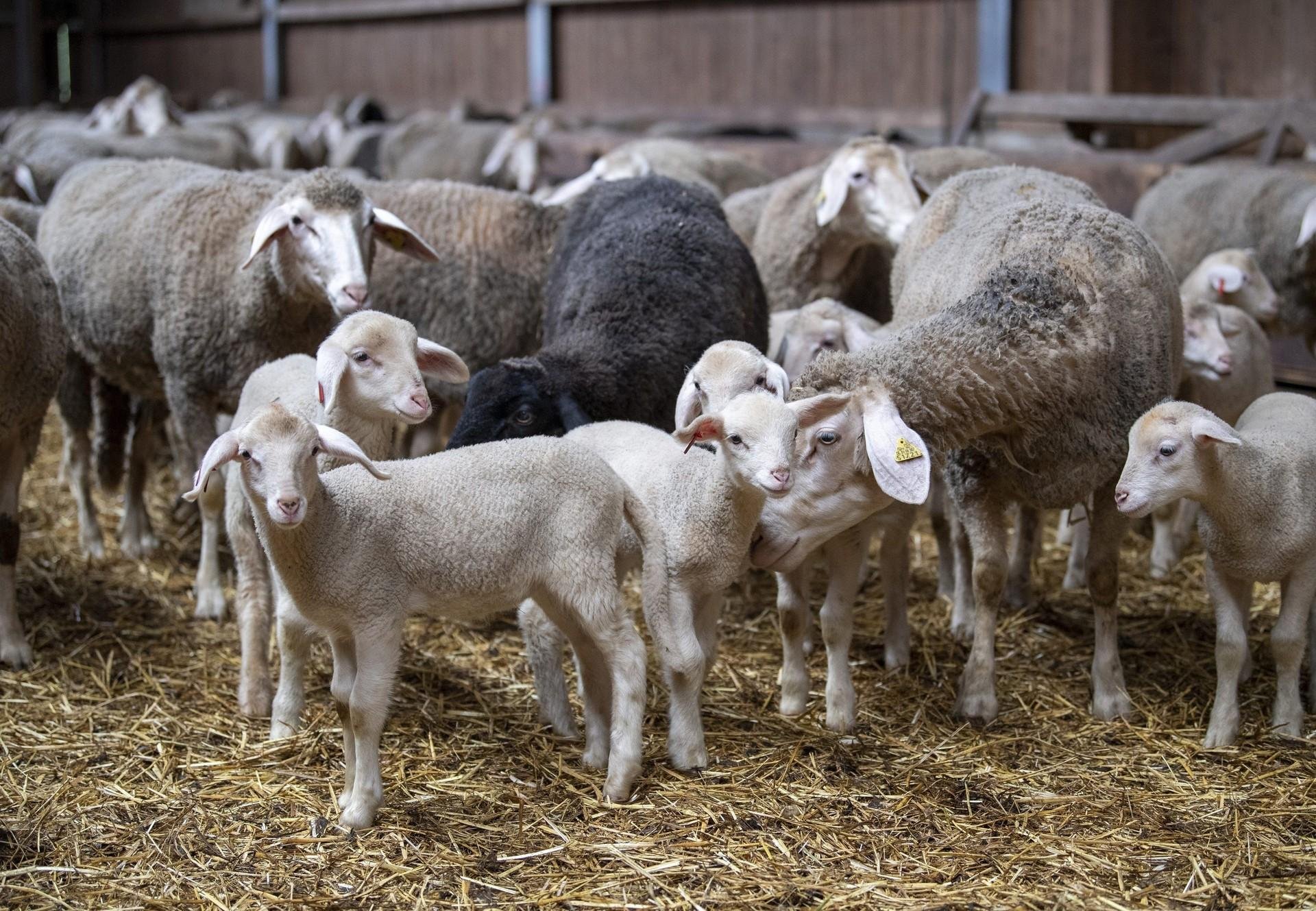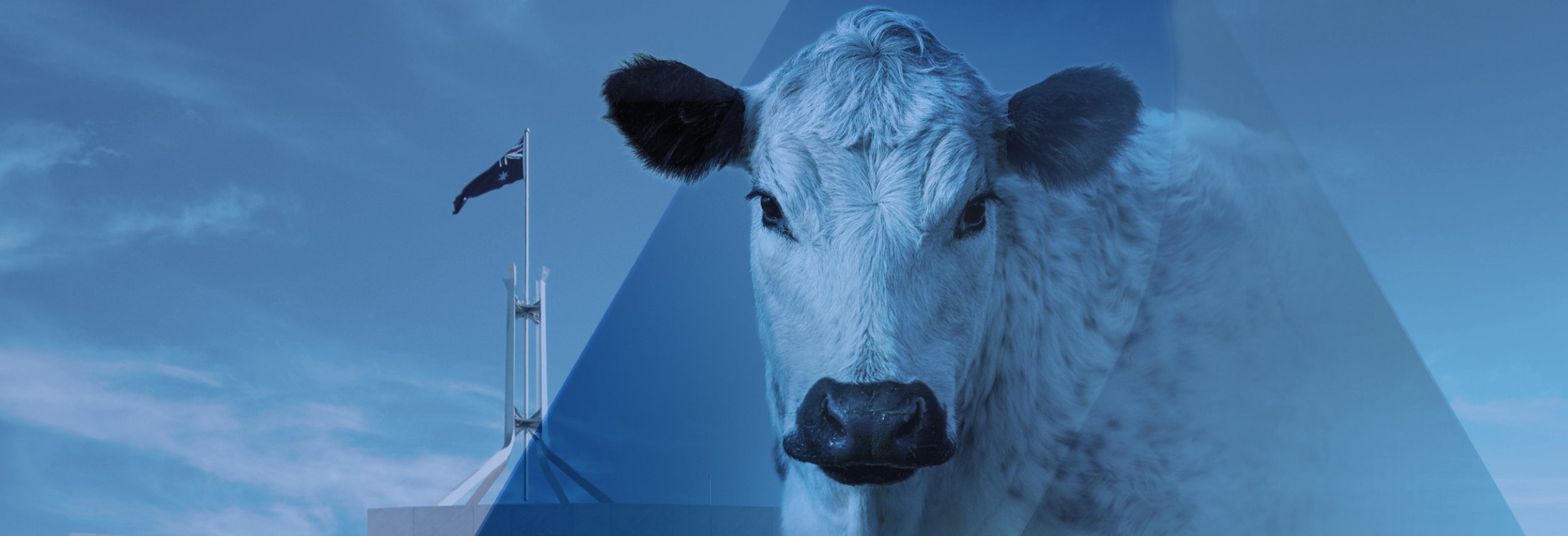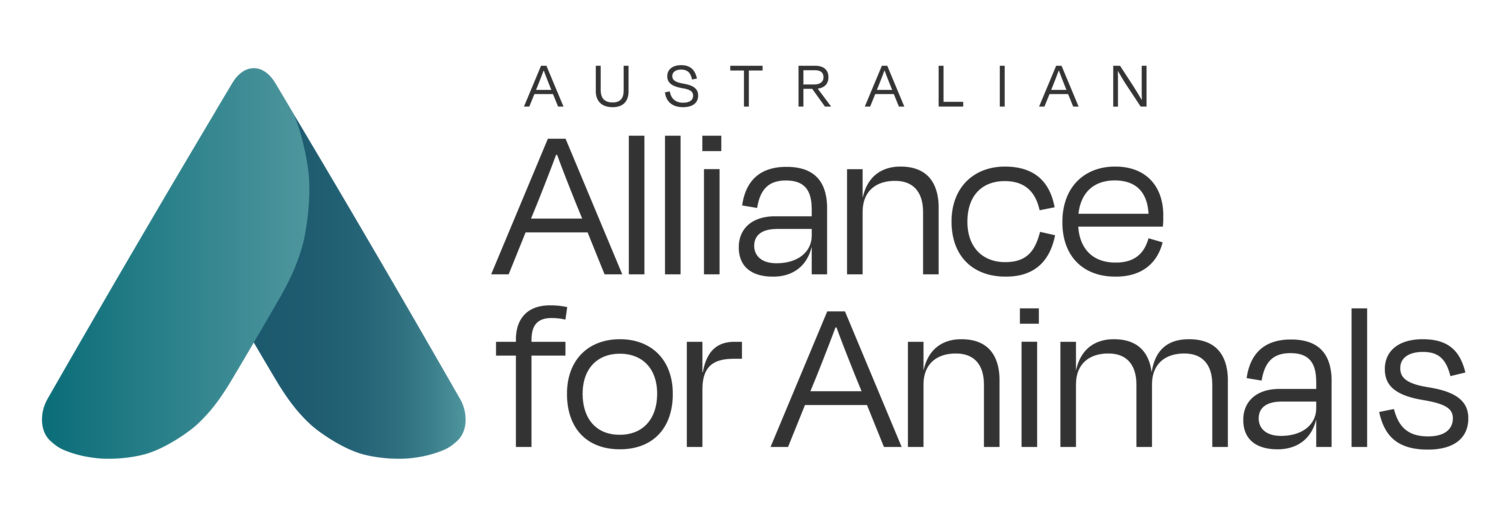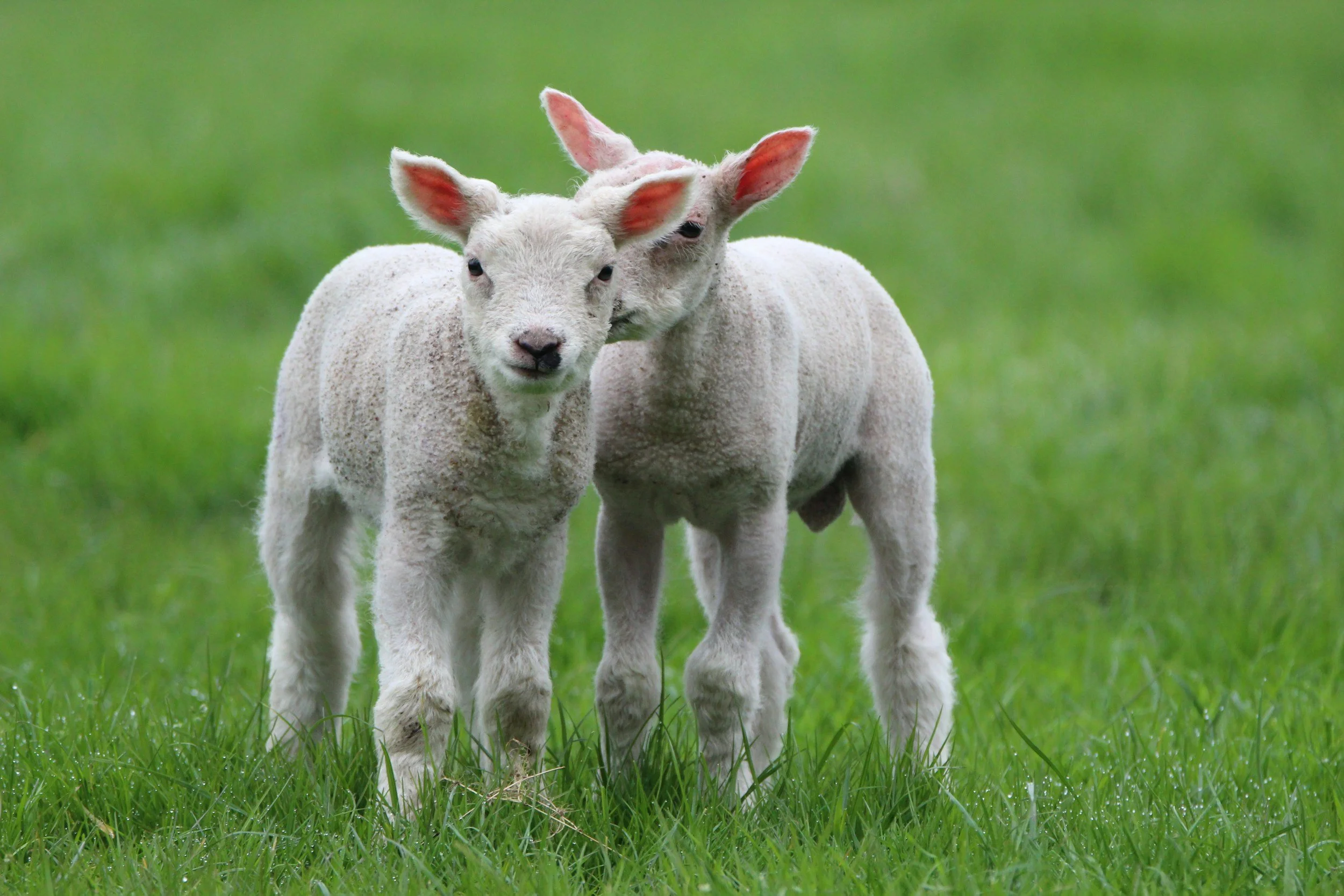Ending live lamb cutting
The Australian Alliance for Animals is committed to ending live lamb cutting (mulesing) in Australia. The fact that the practice of live lamb cutting continues highlights the ongoing prioritisation of industry interests over animal welfare. This is a critical area where reform is urgently needed.
Every year in Australia, over 10 million lambs are subjected to live lamb cutting, also known as mulesing. Current regulations contain loopholes that allow farmers to cut chunks of skin from around the buttocks and tail of young lambs with metal shears, without providing any relief from pain. Despite a rise in public awareness about the pain and suffering this practice causes lambs, and an increase in demand for wool free of live lamb cutting, the practice remains legal in Australia.
Part of a strategic alliance
The Alliance for Animals is part of a strategic coalition that is working to achieve an end to live lamb cutting in Australia. Our core member organisations, Humane Society International Australia and FOUR PAWS Australia, are leading the campaign.
Humane Society International Australia have compiled a Better Wool Guide to help consumers find out which brands are using more lamb-friendly wool. FOUR PAWS Australia are exposing animal cruelty within the fashion industry and targeting brands to move to alternative products that do not support live lamb cutting.
The Alliance actively engages in policy discussions about live lamb cutting and meets with politicians, government advisors and officials to discuss transitioning to alternative solutions.
We have joined forces with FOUR PAWS and Humane Society International Australia to call out systemic issues within the wool industry in the new published report, The Broken Promise: The Australian wool industry’s failure to end live lamb cutting, and why government must step in.
Together, we are calling for a review of the National Animal Welfare Standards and Guidelines for Sheep to phase out live lamb cutting.

The argument for live lamb cutting is even harder to make when a humane solution, breeding flystrike–resistant sheep, is already proven to work.
Image: FOUR PAWS | Bente Stachowske
How close are we to ending live lamb cutting?
Thanks to the work of dedicated animal advocates, increased awareness about live lamb cutting has resulted in a demand for non-live lamb cut wool. Over 350 brands and retailers including David Jones, Myer, Target, Kmart, Adidas, Calvin Klein, Kathmandu, Country Road Group, H&M, and Levi Strauss & Co. are against live lamb cutting.
As a response, woolgrowers are increasingly turning to alternatives to live lamb cutting.
What are the next steps to achieving a live lamb cutting phase-out?
Together with our allies, we are working to secure a review of the National Animal Welfare Standards and Guidelines for Sheep to phase out painful live lamb cutting. We are calling for:
A transition away from live lamb cutting by 2030, with support for woolgrowers to breed flystrike-resistant, plain-bodied sheep
Mandated pain relief for live lamb cutting during the transition period – this must include a combination of an analgesic and local anaesthetic administered by a person with relevant knowledge and skills
An immediate end to the live lamb cutting of prime lambs and prime lamb mothers.
The Australian wool industry should be supportive of this review, as it will help them achieve their goal “to build grower confidence to manage flystrike without mulesing” (Wool 2030 Strategy).
Australian lambs need you.
Call for an end to live lamb cutting (mulesing)
Please sign the petition calling on brands and governments to end live lamb cutting and to better protect lambs.
FOUR PAWS Australia
Help end live lamb cutting (mulesing)
Please take action today to call on all of Australia’s agriculture ministers to support an urgent update of Australian Sheep Standards and a phase out of live lamb cutting (mulesing).
Humane Society International Australia
Protect lambs from painful mutilations.
Please write a letter to urge your MP to support mandatory pain relief for surgery.
Animals Australia
FAQs about ending live lamb cutting
-
Live lamb cutting, also known as mulesing, is a mutilation procedure performed on 2 to 12-week-old lambs, where large skin folds around their buttocks and base of their tail are cut off with metal shears, commonly without any pain relief.
-
The practice of live lamb cutting involves restraining young lambs on their backs in a metal cradle and using metal shears, similar to garden shears, to cut large folds of skin away from around their buttocks. This traumatising mutilation, is often undertaken without little to no pain relief and is currently performed on approximately 70% of Merino wool-producing lambs in Australia.
-
Live lamb cutting is performed to lower outbreaks of flystrike – which is another animal welfare issue. Blowflies are attracted to sheep’s skin folds because they retain moisture, especially the area around the buttocks that may have some faeces and urine. In an attempt to reduce flystrike, farmers cut off skin folds around the buttocks to cause scarring, leaving the area bare of wool and wrinkles.
It is important to note that live lamb cutting does not solve the problem of fly infestation. Flies can still lay eggs in skin folds in other areas of the sheep’s body.
-
Flystrike is a condition that occurs when flies lay their eggs in the sheep’s skin folds, and maggots then feed on the sheep’s skin and flesh. This is particularly prevalent in the Australian wool industry, largely due to the type of sheep farmed (wrinkly merino sheep), the climate and the presence of the Australian blowfly (Lucilia cuprina).
-
Despite knowing the pain and suffering live lamb cutting causes, providing anaesthetics and analgesics is not mandatory in most Australian states. In July 2020, Victoria became the first state to require some pain relief, and Tasmania will soon follow suit from July 2024.
While pain relief should be mandatory across Australia, current pain relief options are inadequate as they do not fully alleviate the pain caused by this procedure. There are two types of pain relief available – fast acting, short-lasting anaesthetics and slow acting, longer-lasting analgesics (PDF). The best available pain management option is to use both as they serve different purposes, however, only 8% of woolgrowers surveyed administer both.
-
‘Mulesing’ was named after the man who invented it over a hundred years ago and diminishes the cruel reality of the practice.
The term ‘live lamb cutting’ more accurately describes the procedure, for the benefit of consumers and the broader community. -
Yes, there are alternatives to live lamb cutting. The most ethical option is for sheep producers to transition to plain-bodied sheep, who are naturally resistant to flystrike. This is because plain-bodied sheep have few to no skin folds, which reduces the ability of flies to lay their eggs on the sheep’s body. This viable alternative provides lifelong and whole-body protection against flystrike.
-
No, Australia is currently the only country in the world where lambs are subjected to this painful mutilation. It is time for this outdated practice to end.
Related resources
Explore our collection of articles and media releases, which advocate for the end of live lamb cutting.
Find out more about ending live lamb cutting from our core member organisations



















